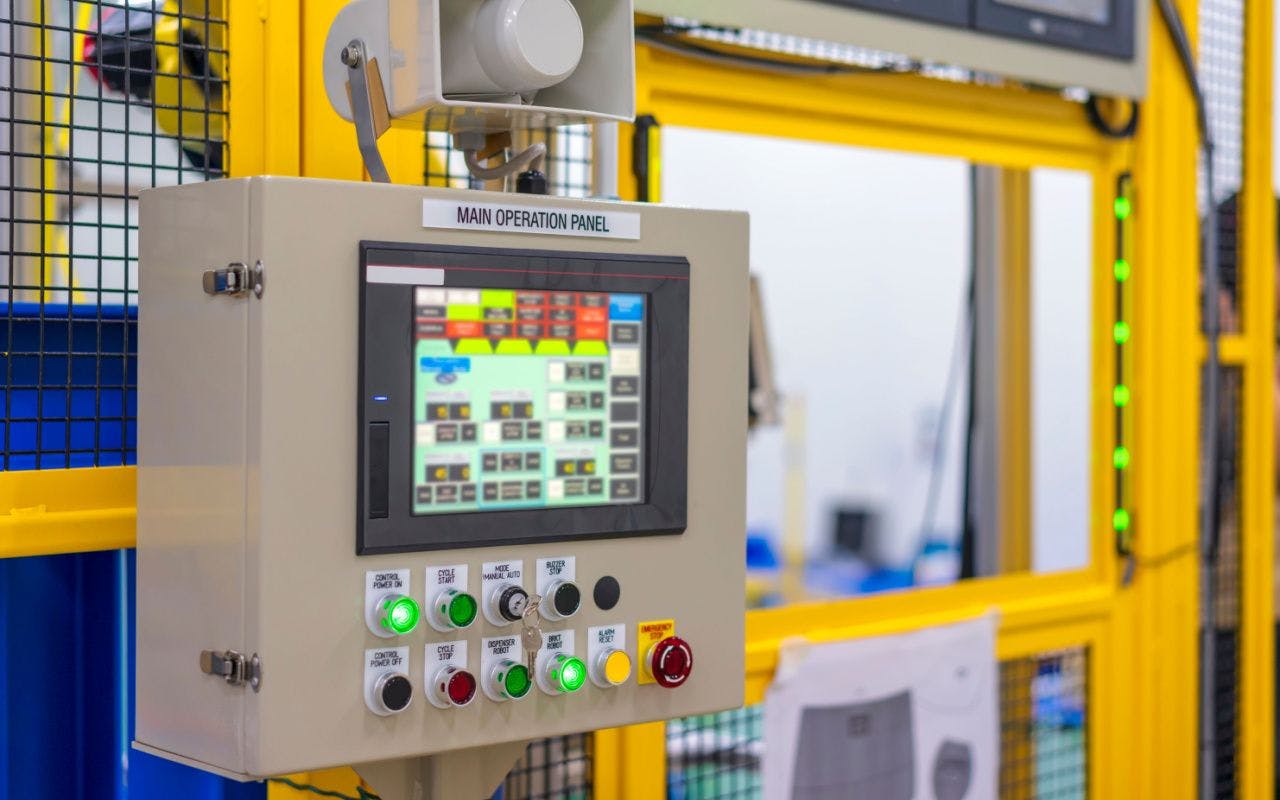
How to Ensure Your Industrial Displays Won't Crack Under Pressure
Choosing the right displays for industrial devices is a key to promoting a safe, productive worksite. From handheld scanners to temperature monitoring systems, workers and executives depend on displays to complete safe, compliant projects on schedule.
Choosing a display with the right specs for the job, however, isn’t a straightforward task. Each option offers its own benefits:
- Passive LCDs: First designed in the 1970s, LCDs remain a low-cost, low-resolution option.
- Thin-Film-Translator (TFT) LCDs: An updated LCD form factor with a higher refresh rate than traditional LCDs.
- OLED: High-contrast displays with particularly rich color definition.
- E-Paper: A low-power option that’s well-suited for displaying text.
- LCD 2.0: A reflective, front-lit display that uses ambient lighting to reduce its power draw.
From environmental realities like extreme humidity and temperature to form factors like screen size, selecting the right display requires balancing how it will be used along with the realities of the worksite.
For contractors and construction executives looking for displays that won’t crack under pressure, here’s how to choose the right display no matter the job.
Know where and how the display will be used
Expectations for a display’s performance are directly correlated to how that display will be used. With this in mind, considering where and how a display will be needed offers a solid foundation for how to choose which display best fits the task at hand.
Displays designated for outdoor use, for example, need to consistently function through fluctuations in light and temperature.
OLEDs as well as both traditional and TFT LCD displays are hard to read in bright sunlight. In these conditions, they will see a dramatic reduction in contrast ratio, impacting readability and reducing viewing angles. LCD 2.0 and E-Paper displays, however, remain easy to read regardless of fluctuations of ambient lighting.
As such, LCD 2.0 and E-Paper technologies are particularly useful for displays on handheld devices like ticket scanners, testing equipment and outdoor sensors. Keep in mind, however, that E-Paper requires a supplemental light to be viewed in dark environments.
Prioritize safety
Features such as resolution and response time aren’t just conveniences. On temperature gauges, for example, displays can mean the difference between avoiding injury and an onsite accident.
Again, a display’s visibility in ambient lighting is important–a high-temperature alert does no good if it can’t be easily seen. But beyond visibility, a display’s range of operating temperature directly impacts user safety.
OLED and LCD 2.0 displays can each operate in surrounding environments ranging from -4º F to 158º F. OLED displays offer higher color fidelity, but that means they drain battery more quickly than their LCD 2.0 counterparts.
Identify opportunities for saving power and space
Displays are power hungry. To address this, users might gravitate toward more efficient E-Paper displays. But adopting that convenience requires a trade off: E-Paper lacks sufficient power to operate in cold environments, and such a low power draw illuminates only low-fidelity displays.
LCD 2.0 displays, however, draw less power than traditional and TFT LCD displays while operating in a greater range of temperatures than E-Paper. What’s more: OLED displays have a thickness of 1.5mm. And while E-Paper displays have a thickness of only 1.1mm, LCD 2.0 measures only .75mm – half of OLED.
The benefit? The less energy a display draws, the more that energy can be utilized by other resources on the device, such as processing power. Likewise, thinner displays lower the overall weight, making handheld devices more comfortable to use and saving space on machines such as pumps and ventilation systems.
The Right Display is the Most Readable
No matter the job, the right display is the most readable display. As display technology continues to bolster resolution, color fidelity and operational temperature ranges, readability will continue to improve as well.
Measuring these factors–and selecting the display to match–helps prioritize the needs of each job. What’s more: it increases the probability of its success.
Related stories








